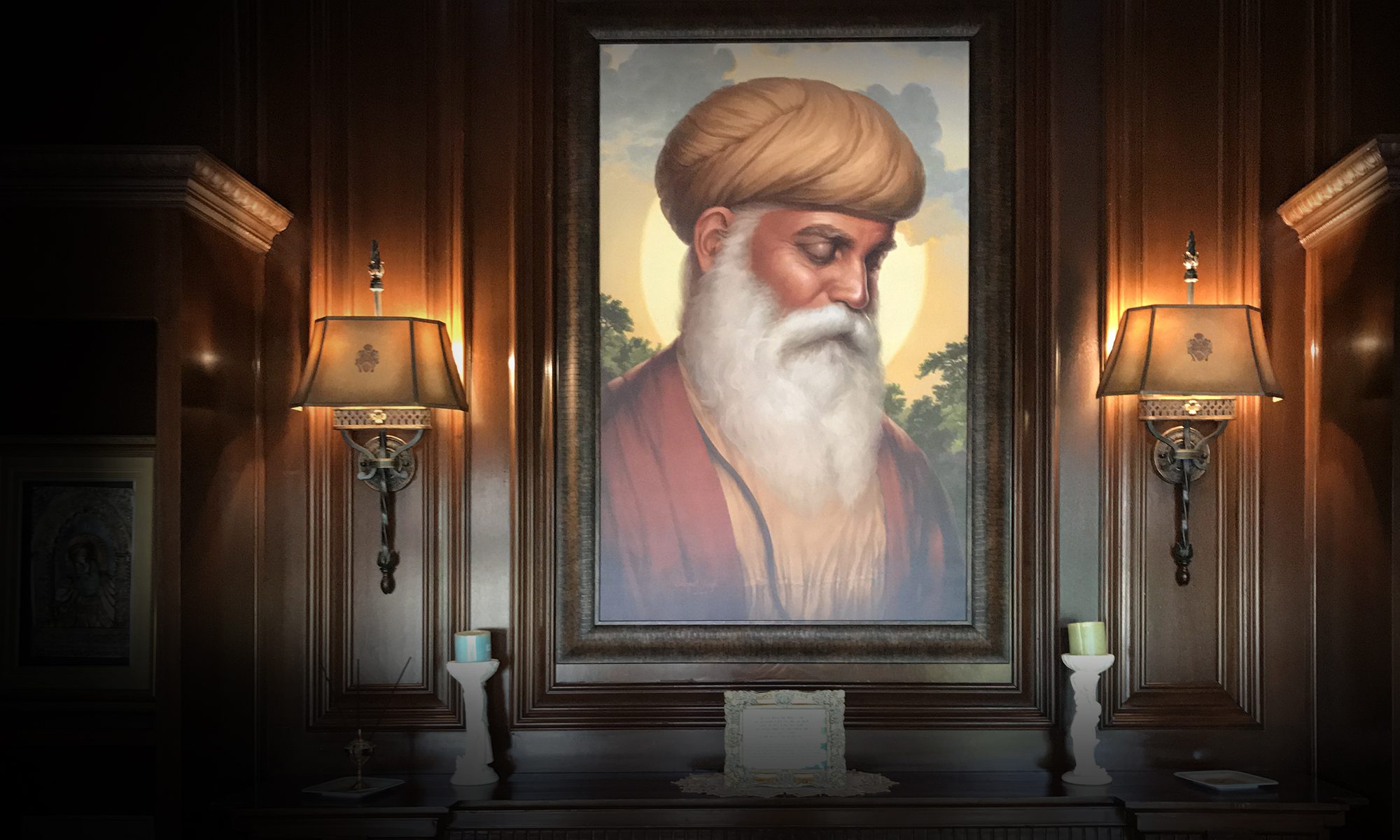“He is a warrior, who fights in defense of righteousness against one’s own inner evils.
He may be cut apart, piece by piece, but he never leaves this field of battle!”
– Bhagat Kabir ji (Guru Granth Sahib, 1105)

Order Your Prints Now
Price range: $89.99 through $2499.99Select options This product has multiple variants. The options may be chosen on the product page
| Premium Gloss Canvas | Cost | Enhanced Matte Paper | Cost |
| Medium (32″ x 15″) | $399 | Small (32″ x 15″) | $89 |
| Large (48″ x 22″) | $599 | Ultrasmooth Fine Art Paper | Cost |
| Grand (60″ x 28″) | $899 | Medium (32″ x 15″) | $199 |
| Unique (100″ x 46″) | $2499 | Large (48″ x 22″) | $399 |
*Your Premium Canvases are carefully hand-stretched around thick wooden bars to hold them taught. Hanging bits are included so that your canvas is ready to hang as soon as you receive it!
Artist’s Notes

Baba Deep Singh ji is revered by Sikhs as one of the most honoured martyrs. He is remembered for his devotion to the Sikh religion, and his sacrifice for Shri Harimandir Sahib, commonly referred to as the Golden Temple or Harmandir Sahib. Baba ji was born in a village called Pohuwind in the district of Amritsar, in 1682. He went to Anandpur Sahib on the day of Vaisakhi, and was initiated into Khalsa. Like the other Khalsas, he spent much time learning martial arts and discipline, horse riding, and studying of Adi Granth, the Sikh scripture. In 1702, he got married and settled down. Later, he helped make copies of Adi Granth, with Bhai Mani Singh.




Details of the painting
In this painting, the artist has adorned Baba Deep Singh with the Char Aina armour of the time. He is carrying his signature Khanda, and some weapons such as the Matchlock pistol, in his sash. Around him one can see both high and low ranking Afghan soldiers, with an Afghan general mounted on a horse.



I really like this picture. Especially as it is not showing the traditional severed head image, which I think takes away from Baba Deep Singh’s humanity and real courage. Your picture is much more truer and in the spirit of valour.
Hi Bindi, thank you! However, I am wondering, why do you the traditional severed head image takes away from his humanity and courage?
Amezing art bro